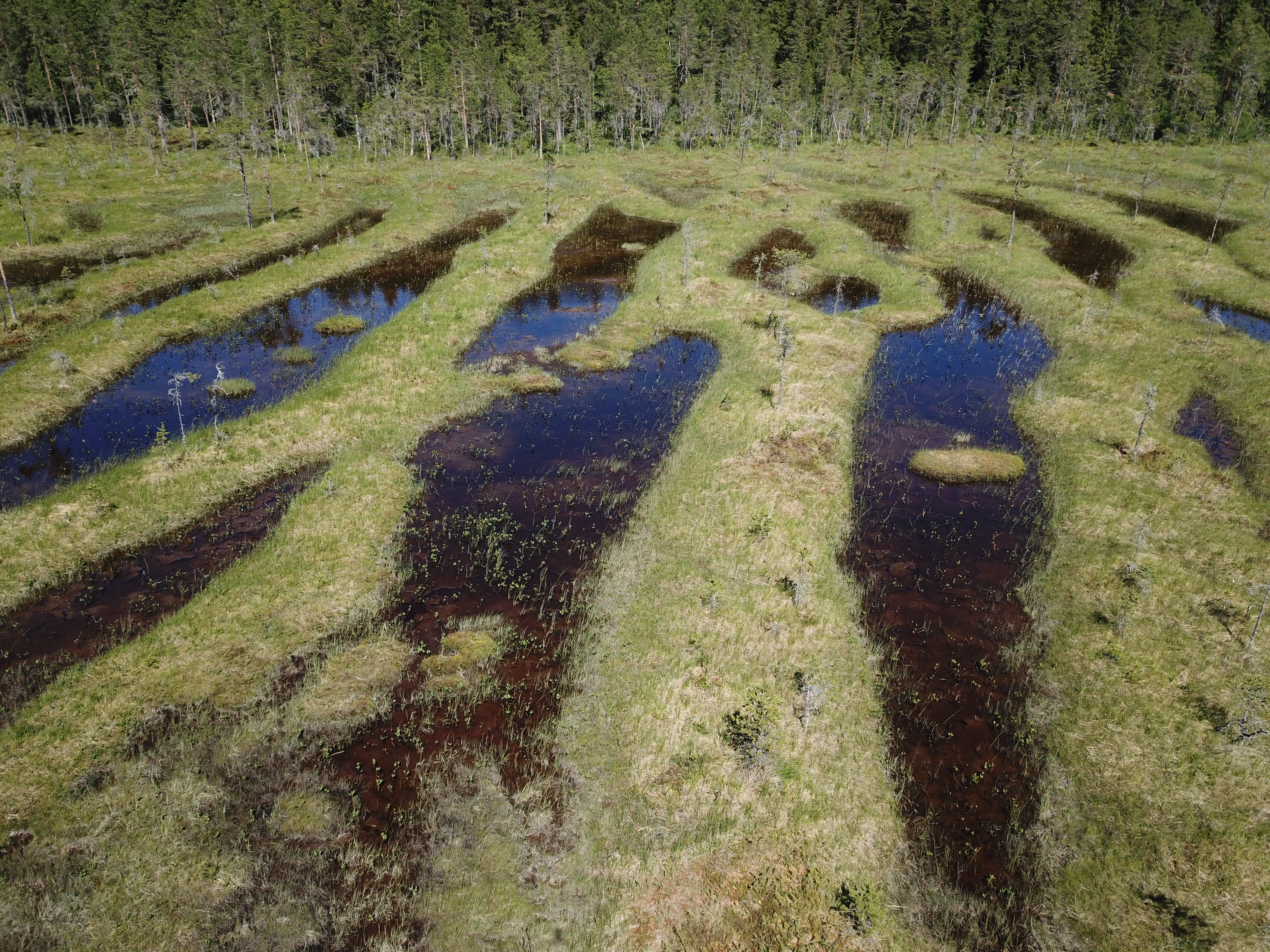Flark on:
[Wikipedia]
[Google]
[Amazon]

 A flark is a depression or hollow within a
A flark is a depression or hollow within a

 A flark is a depression or hollow within a
A flark is a depression or hollow within a bog
A bog or bogland is a wetland that accumulates peat as a deposit of dead plant materials often mosses, typically sphagnum moss. It is one of the four main types of wetlands. Other names for bogs include mire, mosses, quagmire, and muskeg; a ...
. Flarks typically occur as a series of parallel depressions, separated by intervening ridges known as strings.
Early theories suggested that flarks were formed by frost heaving
Frost heaving (or a frost heave) is an upwards swelling of soil during freezing conditions caused by an increasing presence of ice as it grows towards the surface, upwards from the depth in the soil where freezing temperatures have penetrated in ...
, but flarks have since been found in areas where frost heaving does not occur. Flarks are now thought to form when the peat
Peat (), also known as turf (), is an accumulation of partially Decomposition, decayed vegetation or organic matter. It is unique to natural areas called peatlands, bogs, mires, Moorland, moors, or muskegs. The peatland ecosystem covers and ...
that forms the base of the bog becomes so thick that it slides downslope due to its own weight. Irregularities in the underlying terrain halt the slide of the peat, causing flarks to form downslope from the obstruction as the downslope peat tears away from the portion of the peat mass held back by the underlying obstruction. Another theory suggests that flarks are formed by areas within the bog which experience accelerated rates of decay, causing depressions in the bog.References
{{Wetlands Bogs Landforms Types of soil Wetlands Pedology